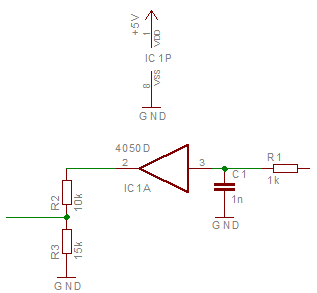Hello
I facing a Problem with a CD4504B. We are using this part to shift from 15V to 3V3. I have noticed that there was a PCN (Link) in 2004 on Page 4 changing the min Supply-Voltage from 3V to 5V.
Is it seam to work in our application with 3V3 but I like to know the reason for this PCN to find out if we have a problem.
Our Conditions:
VCC = 15V
VDD = 3V3
Select = VSS
Thanks
Kilian


